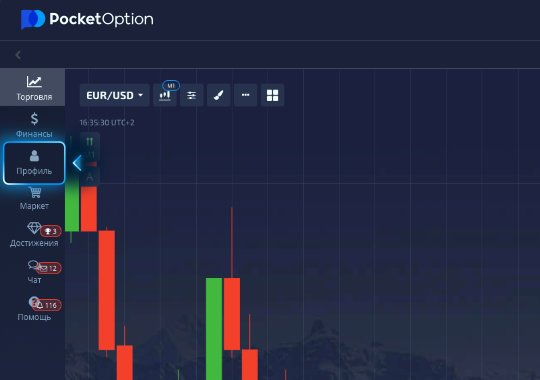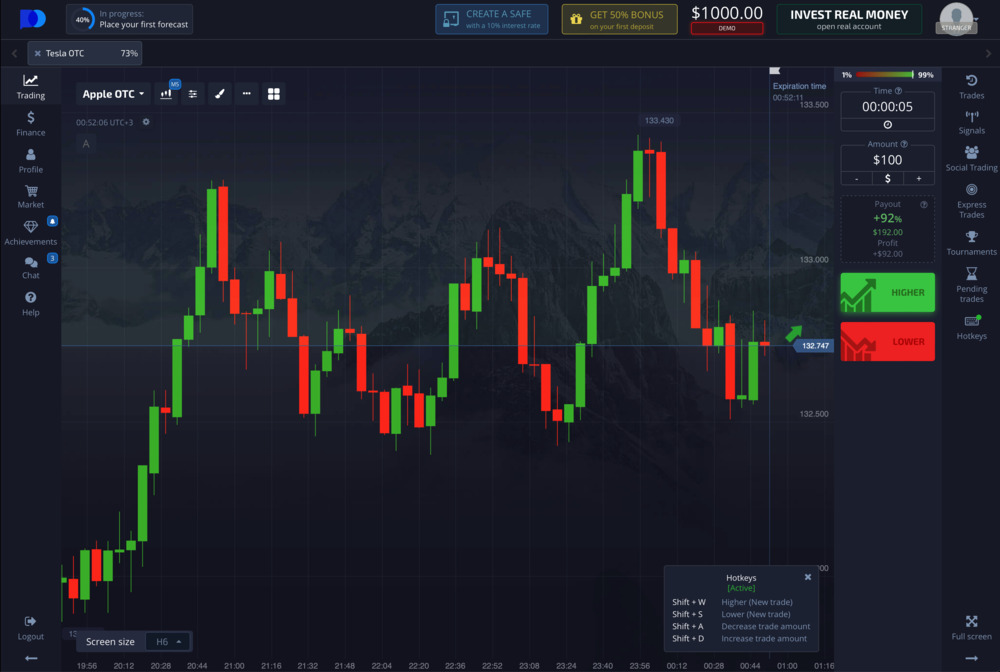
Pocket Option Donchian Channels: A Comprehensive Guide
The Pocket Option Donchian Channels Pocket Option Трендовый индикатор Donchian Channels is a powerful tool that is increasingly popular among traders for making more informed decisions. In this article, we will delve deep into the concept of Donchian Channels, how to effectively use them in trading, particularly with the Pocket Option platform, and the benefits they bring to your trading strategy.
What are Donchian Channels?
Donchian Channels are a technical analysis tool created by Richard Donchian in the 1930s. This indicator helps traders identify the overall trend of an asset by plotting lines at the highest high and lowest low over a specified period. The area between these lines forms the channel, indicating where price action tends to fluctuate.
The Components of Donchian Channels
The Donchian Channel consists of three main components:
- Upper Band: This is the highest high within a specific period.
- Lower Band: This is the lowest low within the same period.
- Middle Line (optional): This is often included by averaging the upper and lower bands, serving as a potential trend direction indicator.
How to Set Up Donchian Channels on Pocket Option
Setting up Donchian Channels on the Pocket Option platform is straightforward:

- Log in to your Pocket Option account.
- Open the chart of the asset you want to trade.
- Select the indicators option on the trading interface.
- Search for “Donchian Channels” and add it to your chart.
- Adjust the period settings according to your trading strategy (a common period is 20, but this can be modified based on your preferences).
Trading Strategies Using Donchian Channels
Donchian Channels can be utilized to implement various trading strategies. Here are some popular ones:
1. Breakout Strategy
The breakout strategy involves entering a trade when the price crosses the upper or lower band of the Donchian Channel. For instance:
- If the price breaks above the upper band, it suggests a bullish trend, and traders may consider taking a long position.
- If the price breaks below the lower band, it indicates a bearish trend, prompting potential short positions.
2. Trend Following Strategy
Traders often use the Donchian Channels in conjunction with other indicators to confirm trends. For example, utilizing the Relative Strength Index (RSI) or Moving Averages alongside the Donchian Channels can provide additional confirmation of the trend and entry/exit points.
3. Range Trading

In a ranging market, traders can buy at the lower band and sell at the upper band. This method requires careful market analysis to ensure that the asset is not in a strong trend, which could lead to losses.
Benefits of Using Donchian Channels
Incorporating Donchian Channels into your trading strategy offers various advantages, including:
- Clarity: The visual representation of trends and market volatility provides traders with clear signals.
- Flexibility: Donchian Channels can be adapted for various trading styles, whether short-term or long-term.
- Enhances Risk Management: By utilizing breakout points and identifying key support and resistance levels, traders can better manage their risk.
Common Mistakes to Avoid
While Donchian Channels are a powerful tool, several common mistakes can hinder effectiveness:
- Ignoring Market Conditions: Applying Donchian Channels without considering the overall market environment can lead to poor trading decisions.
- Overtrading: It’s important not to place trades based solely on Donchian Channel signals; always confirm with additional indicators.
- Neglecting Risk Management: Proper stop-loss orders should always be in place to protect capital, regardless of the indicator being used.
Conclusion
Overall, the Pocket Option Donchian Channels offer a robust framework for traders looking to improve their trading strategies. Understanding how to effectively implement them can help traders make informed decisions and enhance their trading performance on the Pocket Option platform. By combining this indicator with solid risk management and complementary technical analysis tools, traders can position themselves for success in dynamic markets.

